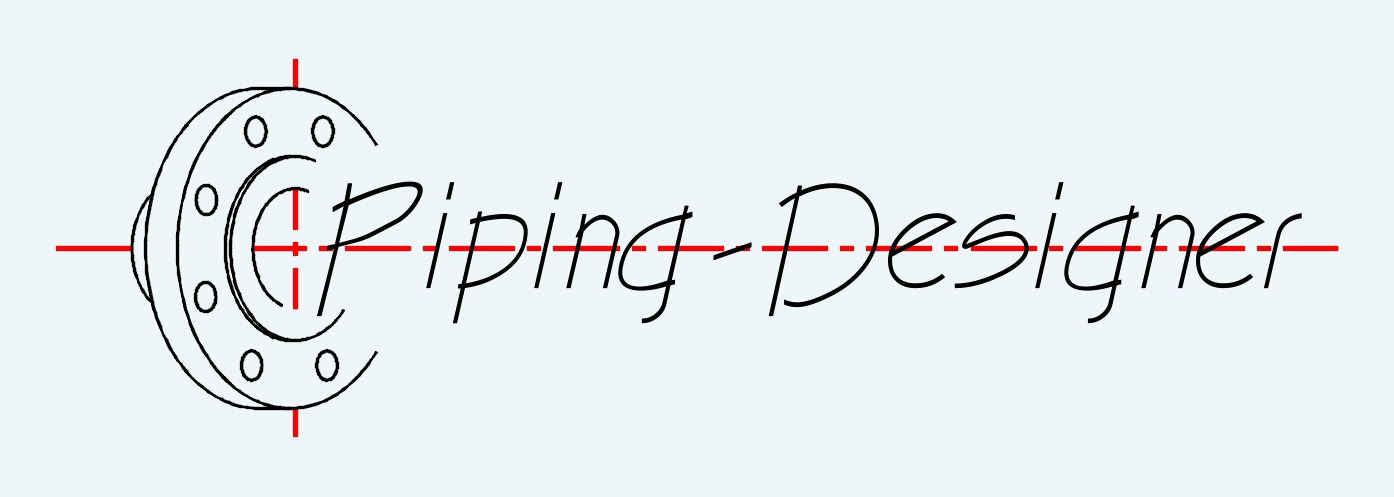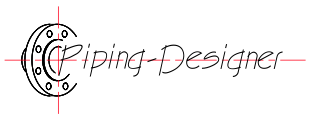Cross Product
The symbol "\(x\)" in a formula represents the cross product, also called the vector product, meaning it represents the cross product operation between two vectors, not standard scalar multiplication. The cross product is an operation that takes two vectors in a three-dimensional space and produces a third vector that is perpendicular to both of the original vectors. The resulting vector's direction is determined by the right-hand rule, and its magnitude is equal to the area of the parallelogram spanned by the two original vectors.
For two vectors, \(A\) and \(B\), their cross product is denoted as \(A \;x\; B\). The resulting vector, \(C = A \;x\ B\), has a magnitude given by \(|C| = |A| \;x\ |B| sin(\theta)\), where \(\theta\) is the angle between \(A\) and \(B\). This operation is essential in applications requiring perpendicular vectors, such as defining normal vectors to planes or describing rotational effects in mechanics. The cross product is a fundamental operation in physics and engineering, used to calculate quantities like torque and angular momentum, where the direction of the resulting vector is crucial.
The units of a cross product (or vector product) are the product of the units of the two vectors being multiplied.

